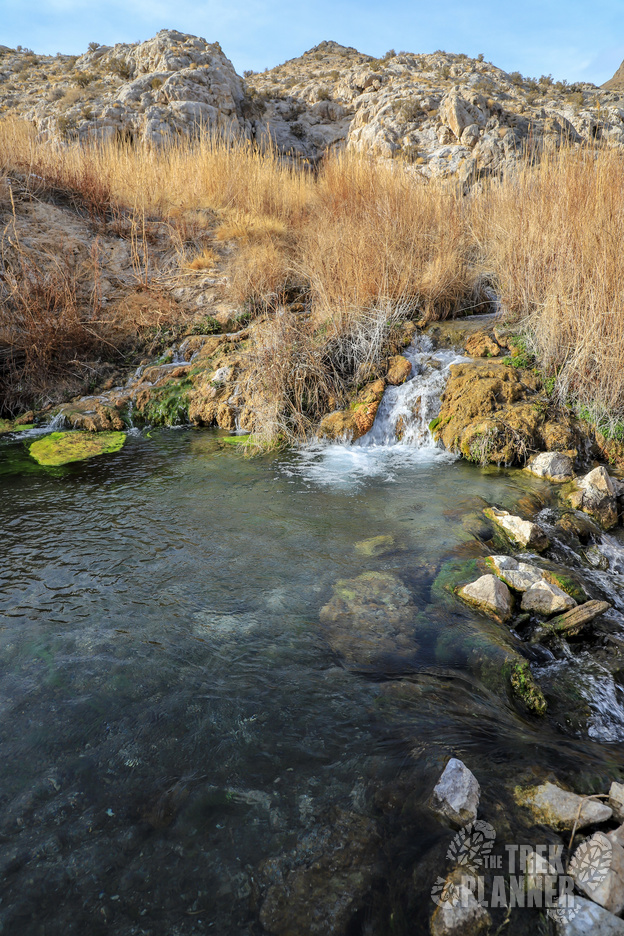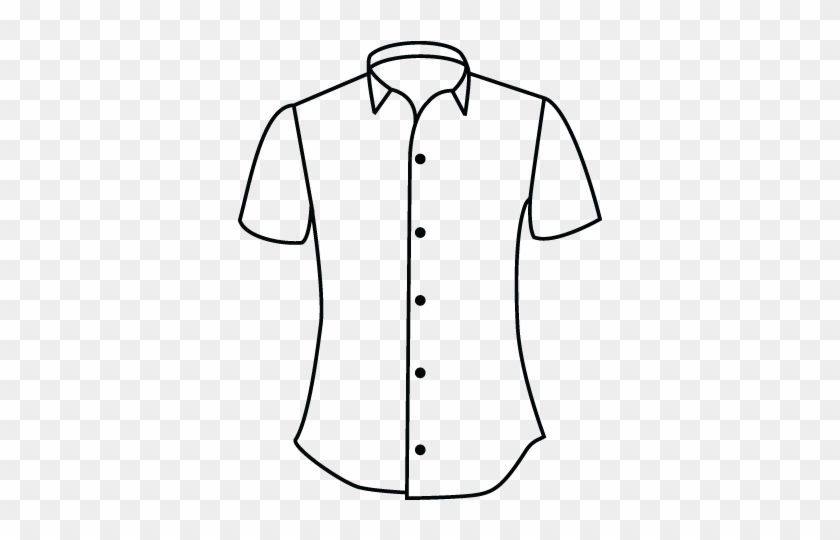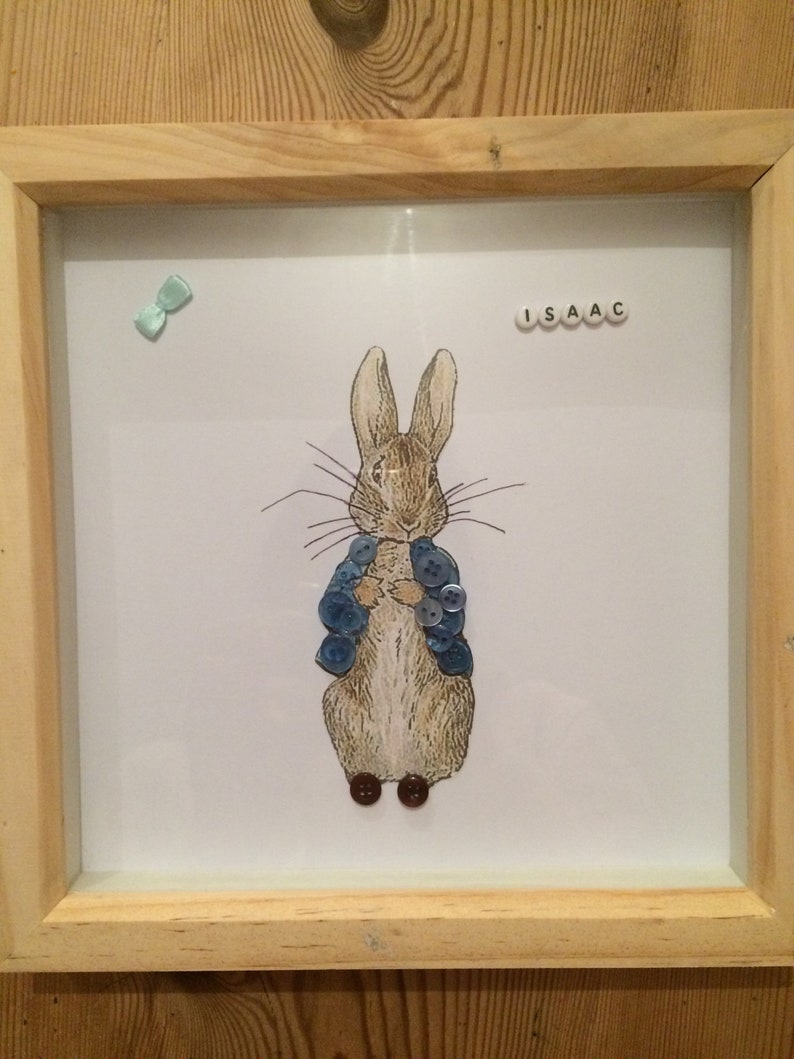Download PictureButton for Mac to add images to your buttons. PictureButton has had 1 updates within the past 6 months. Using Swing Components In the previous chapter, we discussed a number of concepts, including how Java’s user interface facility is put together and how the larger pieces work. Selection from Learning Java Book. The following XSL examples are for picture button controls, as specified in.section 2.3.2.10 The following is an example of a picture button control with conditional formatting. The src attribute is set to image img1.jpg. This means that the picture button displays image img1.jpg contained in the form template.
A PictureButton displays a picture and, like a CommandButton,is used to carry out an action. For example, you can use a buttonwith a picture of a file to save a file, or a button with a pictureof a stop sign to cancel a requested deletion.
The picture image can be in the following formats:
Bitmaps, with .BMP or .RLE extensions
Windows metafiles, with the .WMF extension
GIF or animated GIF files, with the .GIF extension
JPEG files, with .JPEG or .JPG extensions
Properties
PictureButton property | Datatype | Description |
|---|---|---|
String | A description of the control and/orits purpose for use by accessibility tools such as readers for visuallyimpaired users. | |
String | A label that briefly describes the control,such as the text in a button or the name of a menu item. | |
AccessibleRole (enumerated) | Describes what kind of user interfaceelement the control is. | |
Long | Specifies the numerical value of thebackground color of the window. Values are -2 to 16,777,215. Formore information about color, see the RGB functionin the PowerScript Reference. | |
Boolean | Specifies whether PowerBuilder movesthe control to the top of the front-to-back order of the window. | |
Boolean | Specifies whether the control acts asthe Cancel button (the Cancel button receives a Clicked event ifthe user presses Esc). Values are:
| |
ClassDefinition | PowerObject | An object of type PowerObject containinginformation about the class definition of the object or control. |
Boolean | Specifies whether the control is thedefault PictureButton (the default PictureButton has a thick borderand receives a Clicked event if the user presses Enter without selectingan control). Values are:
Editable controls Default behavior can be affected by editable controls on thewindow. For more information, see the PowerBuilder UsersGuide. | |
String | Specifies the name of the picture (bitmapimage) that displays when the control is disabled. If the stringhas no extension, PowerBuilder adds an appropriate extension. | |
Boolean | Specifies whether PowerBuilder puts thecontrol automatically into Drag mode. Values are:
| |
String | Specifies the name of the stock iconor the file containing the icon you want to display when the userdrags the control (the ICO file). The defaulticon is a box the size of the control. When the user drags the control, the icon displays when the controlis over an area in which the control can be dropped (a valid droparea). When the control is over an area that is not a valid droparea, the No-Drop icon displays. | |
Boolean | Specifies whether the control is enabled(can be selected). Values are:
| |
String | Specifies the name of the typeface inwhich the text of the control displays (for example, arial or courier). | |
FlatStyle | Boolean | Specifies that the edge of the buttondisplays only when the mouse hovers over it. This is the buttonstyle used in the Microsoft Rebar (coolbar) control. Values are:
|
FontCharSet (enumerated) | Specifies the font character set usedfor the text in the control. For a complete list of possible values,see the list of properties for the FontCharSet variable on the Enumeratedtab page of the Browser. | |
FontFamily (enumerated) | Specifies the font family (type style)used for the text in the control. Values are:
| |
FontPitch (enumerated) | Specifies the pitch (spacing) of thefont used for the text in the control. Values are:
| |
Integer | Specifies the height of the control,in PowerBuilder units. | |
Alignment (enumerated) | Specifies how the text in the controlis aligned. Values are:
| |
Boolean | Specifies whether the text in the controlis italic. Values are:
| |
Boolean | Specifies whether the system 3D colorsare mapped to the control. Values are:
| |
Boolean | Specifies whether the width and heightproperties of a bitmap image (picture) are set to their originalvalues. Values are:
In the Window painter, setting OriginalSize to true overridesthe existing width and height. | |
String | Specifies the name of the file that containsthe picture. | |
String | Specifies the name of the stock pointeror the file containing the pointer used for the control. | |
Long | Specifies a PowerTip for the control. | |
Integer | Specifies the tab value of the controlwithin the window (0 means the user cannot tab to the control). | |
String | Specifies the tag value assigned to thecontrol. | |
String | Specifies the text that displays in thecontrol. | |
Long | Specifies the numeric value of the textcolor: -2 to 16,777,215. For more information about color, see the RGB functionin the PowerScript Reference. This property applies only when the UserObject is a tab page. | |
Integer | Specifies the size of the text in thecontrol, in points. For backward compatibility, the size is storedas a negative number; for example, 10-point text size is storedas -10. | |
Boolean | Specifies whether the text in the controlis underlined. Values are:
| |
Boolean | Specifies whether the control is visible.Values are:
| |
VTextAlign (enumerated) | Specifies how the text in the controlis aligned. Values are:
All these values except MultiLine! assume there is only oneline of text. | |
Integer | Specifies the stroke weight of the textin the control; for example, 400 for normal or 700 for bold. | |
Integer | Specifies the width of the control, inPowerBuilder units. | |
Integer | Specifies the X position (the distancefrom the left edge of the window), in PowerBuilder units. | |
Integer | Specifies the Y position (the distancefrom the top of the window), in PowerBuilder units. |
Events
PictureButton event | Occurs |
|---|---|
When the control is clicked | |
Immediately before the Open event occursin the window | |
Immediately after the Close event occursin the window | |
When a dragged control is dropped onthe control | |
When a dragged control enters the control | |
When a dragged control leaves the control | |
When a dragged control is within thecontrol | |
Just before the control receives focus(before it is selected and becomes active) | |
When the user presses the F1 key or dragsthe context help button (question mark) from the title bar to amenu item or control | |
When the control loses focus (becomesinactive) | |
When a Windows message occurs that isnot a PowerBuilder event | |
When the right mouse button is pressedon the control |
Functions
PictureButton function | Datatype returned | Description |
|---|---|---|
String | Returns the name assigned to the control. | |
Integer | Starts or ends the dragging of the control. | |
Integer | Creates a reference to a context-specificinstance of the specified service. | |
PowerObject | Returns a reference to the name of theparent object. | |
Integer | Makes the control invisible. | |
Integer | Moves the control to a specified location. | |
Integer | Returns the distance of the pointer fromthe left edge of the control. | |
Integer | Returns the distance of the pointer fromthe top of the control. | |
Boolean | Adds an event to the end of the messagequeue for the control. | |
Integer | Prints the control. | |
Integer | Changes the size of the control. | |
Integer | Sets focus to the specified control. | |
Integer | Specifies the position of the controlin the front-to-back order of the window. | |
Integer | Controls automatic redrawing of the controlafter each change in its properties. | |
Integer | Makes the control visible. | |
Integer | Triggers a specified event in the controland executes the script for the event. | |
Object | Returns the type of the control. |
| Copyright © 2008. Sybase Inc. All rights reserved. |
Visual C++ Example: MFC Bitmap Button Source Code (CButton) |
Introduction
CCustomBitmapButton is MFC control derived from the CWnd class. The button has two parts: a background and a foreground. If the operating system is WinXP and XP Themes are enabled the background is a bitmap loaded from the current active theme resource file (I use similar technique to draw the scroll buttons in the CCustomTabCtrl control); otherwise, the 'DrawFrameControl' function is used to draw the button background. The foreground is a user-defined monochrome bitmap (glyph) drawn transparently on the button background.
Supported features:
Standard or XP Themes view
12 predefined background styles
User-defined foregrounds (bitmap glyphs)
Button states supported: 'NORMAL','HOT','PRESSED', and 'DISABLED'
Buttons can be created in the caption bar area
Dialog, SDI and MDI support for the caption buttons
Ficker-free drawing
Built-in tooltips
Using the Code
To integrate the CCustomBitmapButton class into your application as a caption frame, please follow the steps below:
Add ThemeUtil.h, ThemeUtil.cpp, CustomBitmapButton.h, CustomBitmapButton.cpp, Tmschema.h, and Schemadef.h to your project.
Include CustomBitmapButton.h to the appropriate header file—usually the dialog class header where the CCustomBitmapButton class is used.
Declare m_ctrlCaptionFrame object of type CCustomBitmapButton in your dialog header.
Create the caption frame.
In your dialog's OnInitDialog, add the following code:
After creating the caption frame, add as many buttons as you need.
To add caption buttons, call AddCaptionButton in your dialog's OnInitDialog:
Process WM_NOTIFY messages from the caption buttons in your dialog class. As users click a button, the button sends notification messages (NM_CLICK, NM_RCLICK, NM_DBLCLK, and NM_RDBLCLK) to its parent window. Handle these messages if you want to do something in response.
Don't forget to destroy the caption frame; otherwise, you will have memory leaks.
CCustomBitmapButton Class Members
Construction/Destruction
Attributes
Operations
Notification Messages
Error Codes
Construction/Destruction
Constructs a CCustomBitmapButton object. |
Creates a bitmap button and attaches it to an instance of a CCustomBitmapButton object. |
Creates a caption frame. |
Destroys a caption frame. |
Attributes
Retrieves the pointer to the caption button. |
Changes the tooltip text of a button. |
Retrieves information about the button control background style. |
Changes the background style of a button. |
Retrieves the handle of the glyph bitmap previously set with SetGlyphBitmap. |
Specifies a glyph bitmap to be displayed on the button. |
Enables or disables the button. |
Operations
Inserts a new button in a caption bar. |
CCustomBitmapButton::CCustomBitmapButton
CCustomBitmapButton();
Remarks
Call this function to construct a CCustomBitmapButton object.
CCustomBitmapButton::Create
BOOLCreate(DWORDdwStyle,constRECT&rect,CWnd*pParentWnd,UINTnID);
Return Value
TRUE if initialization of the object was successful; otherwise, FALSE.
Parameters
dwStyle—Specifies the button style.
rect—Specifies the button size and position. It can be either a CRect object or a RECT structure.
pParentWnd—Specifies the button parent window.
nID—Specifies the button ID.
Remarks
Creates a bitmap button and attaches it to an instance of a CCustomBitmapButton object.
CCustomBitmapButton::CreateCaptionFrame
intCreateCaptionFrame(CWnd*pCaptionWnd,intnIDIcon);
Return Value
CBNERRR_NOERROR if successful; otherwise, CBNERRR_ERRORCODE.
Parameters
pCaptionWnd—Specifies the caption bar owner window.
nIDIcon—Specifies the caption icon resource id.


Remarks
Creates a caption frame.
CCustomBitmapButton::DestroyCaptionFrame
intDestroyCaptionFrame();
Return Value
CBNERRR_NOERROR if successful; otherwise, CBNERRR_ERRORCODE.
Remarks
Destroys a caption frame.
CCustomBitmapButton::GetCaptionButtonPtr
CCustomBitmapButton*GetCaptionButtonPtr(intnButtonID) const;
Return Value
Pointer to the CCustomBitmapButton object if successful; otherwise, NULL.
Parameters
nButtonID—The ID of the caption button.
Remarks
Call this function to retrieve the pointer to the caption button.
CCustomBitmapButton::SetTooltipText
intSetTooltipText(CStringsText);
Return Value
CBNERRR_NOERROR if successful; otherwise, CBNERRR_ERRORCODE.
Parameters
sText—Pointer to a string object that contains the new tooltip text.
Remarks
This function changes the tooltip text of a button.
CCustomBitmapButton::GetBkStyle
intGetBkStyle();
Return Value
Returns the button background style for this CCustomBitmapButton object.
Remarks
Call this function to retrieve information about the button control background style.
CCustomBitmapButton::SetBkStyle
intSetBkStyle(intnBkStyle);
Return Value
CBNERRR_NOERROR if successful; otherwise, CBNERRR_ERRORCODE.
Parameters
nBkStyle—Specifies the button background style.
Supported background styles:
CBNBKGNDSTYLE_CAPTION—frame buttons
CBNBKGNDSTYLE_CLOSE
CBNBKGNDSTYLE_MDI
CBNBKGNDSTYLE_COMBO—combobox dropdown button
CBNBKGNDSTYLE_SPINUP—spin buttons
CBNBKGNDSTYLE_SPINDN
CBNBKGNDSTYLE_SPINUPHOR
CBNBKGNDSTYLE_SPINDNHOR
CBNBKGNDSTYLE_SCROLLUP—scrollbar buttons
CBNBKGNDSTYLE_SCROLLDOWN
CBNBKGNDSTYLE_SCROLLLEFT
CBNBKGNDSTYLE_SCROLLRIGHT
Remarks
Picture Button Maker
Changes the background style of a button.
CCustomBitmapButton::GetGlyphBitmap
HBITMAPGetGlyphBitmap();
Return Value
A handle to a bitmap. NULL if no bitmap is previously specified.
Remarks
Call this member function to get the handle of a glyph bitmap that is associated with a button.
CCustomBitmapButton::SetGlyphBitmap
intSetGlyphBitmap(HBITMAPhBmpGlyph);
Return Value
CBNERRR_NOERROR if successful; otherwise, CBNERRR_ERRORCODE.
Parameters
hBmpGlyph—The handle of a bitmap.
Remarks
Call this member function to associate a new glyph bitmap with the button.
CCustomBitmapButton::EnableWindow
intEnableWindow(BOOLbEnable = TRUE);
Return Value
CBNERRR_NOERROR if successful; otherwise, CBNERRR_ERRORCODE.
Parameters
bEnable—Specifies whether the given window is to be enabled or disabled. If this parameter is TRUE, the window will be enabled. If this parameter is FALSE, the window will be disabled.
Remarks

Call this function to enable or disable a button control.
Picture Buttons Definition
CCustomBitmapButton::AddCaptionButton
int AddCaptionButton( LPCRECT lpRect, UINT nID, int nBkStyle, BOOL fUserDefWidth );
Return Value
Picture Button
CBNERRR_NOERROR if successful; otherwise, CBNERRR_ERRORCODE.
Parameters
lpRect—Specifies the button width if fUserDefWidth is true; otherwise, ignored.
nID—Specifies the button ID.
nBkStyle—Specifies the button background style.

fUserDefWidth—If TRUE—user defined button width.
Remarks
Call this function to insert a new button in an existing caption bar.
Notification Messages
The following notification codes are supported by the button control:
NM_CLICK—User clicked left mouse button in the control.
NM_RCLICK—User clicked right mouse button in the control.
NM_DBLCLK—User double clicked left mouse button in the control.
NM_RDBLCLK—User double clicked right mouse button in the control.
Error Codes
The following errors can be returned by the button control functions:
CBNERRR_NOERROR—Operation succesful.
CBNERR_OUTOFMEMORY—Function call failed because there was not enough memory available.
CBNERR_INCORRECTPARAMETER—Function call failed because an incorrect function parameter was specified.
CBNERR_INCORRECTBUTTONSTYLE—Function call failed because an incorrect button style was specified.
CBNERR_INCORRECTFRAMESTYLE—Function call failed because the WS_CAPTION style was not specified.
CBNERR_INCORRECTFUNCCALL—Incorrect function call (for example: ob.SetTooltipText(...) where ob is an instance of the caption frame object).
CBNERR_CREATEBUTTONFAILED—Function call failed because creation of the button control failed.
CBNERR_CREATETOOLTIPCTRLFAILED—Function call failed because creation of the tooltip control failed.
CBNERR_COPYIMAGEFAILED—Function call failed because copying of the glyph image failed.
CBNERR_SETWINDOWLONGFAILED—Call to the function 'SetWindowLong' failed.
CBNERR_FRAMEALREADYCREATED—Function call failed because the caption frame was already created.
CBNERR_FRAMENOTCREATED—Function call failed because the caption frame was not created.
Downloads
CustomBitmapButtonDemo.zip - Download source VC++ demo project - 40 Kb
CustomBitmapButtonDemo_exe.zip - Downloadsample demo executable - 26 Kb
